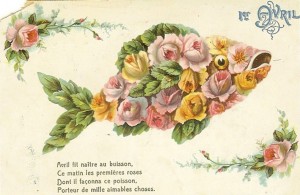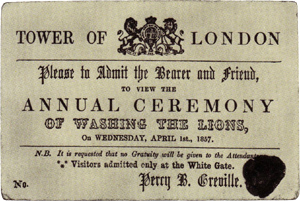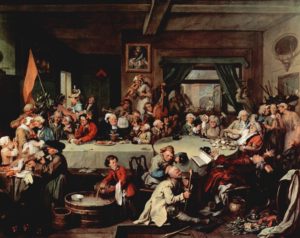That’s the title of the Christmas anthology with my novella, The Major’s Christmas Return, still on sale so hurry and order your copy now!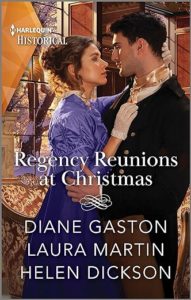
The Major’s Christmas Return tells of the reunion of Nash and Caroline who, because of an illness, are unwittingly trapped in their friends’ country house with only a few young servants, orphans who’d never experienced a proper Christmas. As Nash and Caroline contrive to give the orphan servants the Christmas they deserve, they discover the love and passion they’d lost years before — when Nash left Caroline at the altar.
Through Nash and Caroline I was able to show several Christmas traditions that would have been followed in the Regency. Here they are!
House decoration
No Christmas trees during the Regency, but evergreens were gathered and the house was decorated with them.
Yule log.
A yule log was a large log brought in on Christmas eve and kept burning in the fireplace during the Christmas season. Before it was lit everyone made wishes for the new year.
Christmas Candle
A large candle was also lit on Christmas eve. If it went out before Christmas day, it was very bad luck.
Plum Pudding
On Stir-up Sunday, at the beginning of Advent, the pudding was mixed and steamed and hung up to age for Christmas dinner.
Wassailing
Wassailing usually meant a group of people going from house to house singing Christmas carols and being rewarded with wassail, a spiced ale or cider. Nash and Caroline devise their own version in the house.
Mince pies
The traditional Christmas dinner dessert
Mistletoe
No Regency Christmas novella would be complete without the mistletoe or kissing bough. That’s how Nash and Caroline rediscover their love for each other!
Here’s wishing all of you a very happy holiday. What holiday traditions are your favorites?


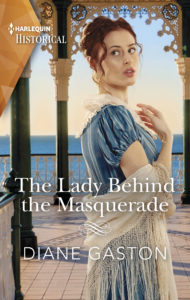 I am thrilled to announce that I have a new release coming this month!
I am thrilled to announce that I have a new release coming this month! 